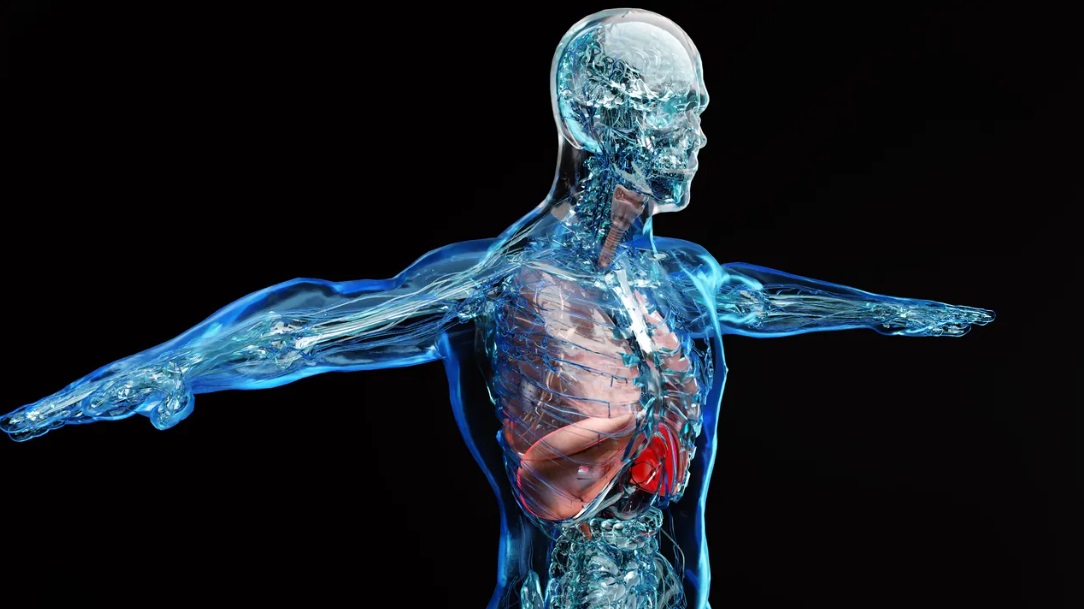
International scientists on November 20 announced the first blueprint of the development of the human skeletal system, marking an important step forward in the Human Cell Atlas project, a major effort to create a detailed biological map of every cell type in the human body.
The Human Cell Atlas Project was launched in 2016 and now involves researchers from around the world. The goal of the project is to provide greater insight into human health and aid in the diagnosis and treatment of disease.
The human body has about 37 trillion cells, with each cell type having a special function. Scientists hope to complete the first draft of the cell map within the next 1-2 years.
Ms. Aviv Regev - co-founder and current Executive Vice President of the US biotechnology company Genentech, said that this project is important in two aspects. She stated: “The first is basic human curiosity. We want to know what we are made of. Humans have always wanted to understand our own nature. In fact, biologists started mapping cells in the 1600s for this reason. The second, very practical reason, is that we need this understanding to understand and treat diseases. Cells are the basic units of life, and when problems occur, they often originate in cells.”
In this project, the researchers completed a first-trimester skeletal development map, describing all the cells, gene networks, and interactions involved in bone growth during the early stages of human development. They showed how cartilage acts as a “scaffold” for bone growth, except for the top of the skull. They also described the cells that are important for skull formation and studied how genetic mutations can cause the soft spots in a newborn’s skull to fuse too early, limiting brain growth.
Understanding these cells could help identify and treat congenital conditions, the researchers said. They also found that certain genes activated in early bone cells may be linked to the risk of developing hip arthritis in adulthood.
In addition to the skeletal system, the researchers also published detailed maps of other organs in the body. One of the most important maps is of the digestive system, which includes tissues from the mouth, esophagus, stomach, intestines to the colon. Among them, they discovered a type of cell in the intestine that may be involved in inflammation, which could provide new insights into diseases such as Crohn's disease and ulcerative colitis.
A map of the thymus gland - an organ vital for training immune cells to protect the body against infection and cancer - has also been published by scientists.
“Although the main focus of the project is to map cells in healthy people, the project has also provided valuable insights into diseases such as cancer, COVID-19, cystic fibrosis, heart, lung and bowel diseases,” said Alexandra-Chloe Villani of Massachusetts General Hospital (USA).
The research in this project uses new data analysis tools, including artificial intelligence (AI) and machine learning. Sarah Teichmann of the Cambridge Stem Cell Institute (UK) said that data from the Human Cell Atlas allows researchers to train basic models, like “ChatGPT for cells,” to identify and analyze new cells or search for cells in millions of cell records. “This allows us to find unexpected connections, such as the connection between cells in pulmonary fibrosis and cells in pancreatic tumors,” said Teichmann.
Scientists say understanding human development at the cellular level is a major challenge. “These studies help us understand how tissues, organs and the human body are built,” said Muzlifah Haniffa of Newcastle University in the UK. “Understanding human development is important for studying developmental disorders, prenatal-onset childhood diseases, as well as diseases that affect adults, as these developmental pathways can reappear in later diseases.”
According to Thanh Phuong/VNA
Source: https://doanhnghiepvn.vn/cong-nghe/buoc-tien-dot-pha-trong-du-an-xay-dung-ban-do-te-bao-con-nguoi/20241122125544042





![[Photo] Vietnam and Sri Lanka sign cooperation agreements in many important fields](https://vphoto.vietnam.vn/thumb/1200x675/vietnam/resource/IMAGE/2025/5/5/9d5c9d2cb45e413c91a4b4067947b8c8)
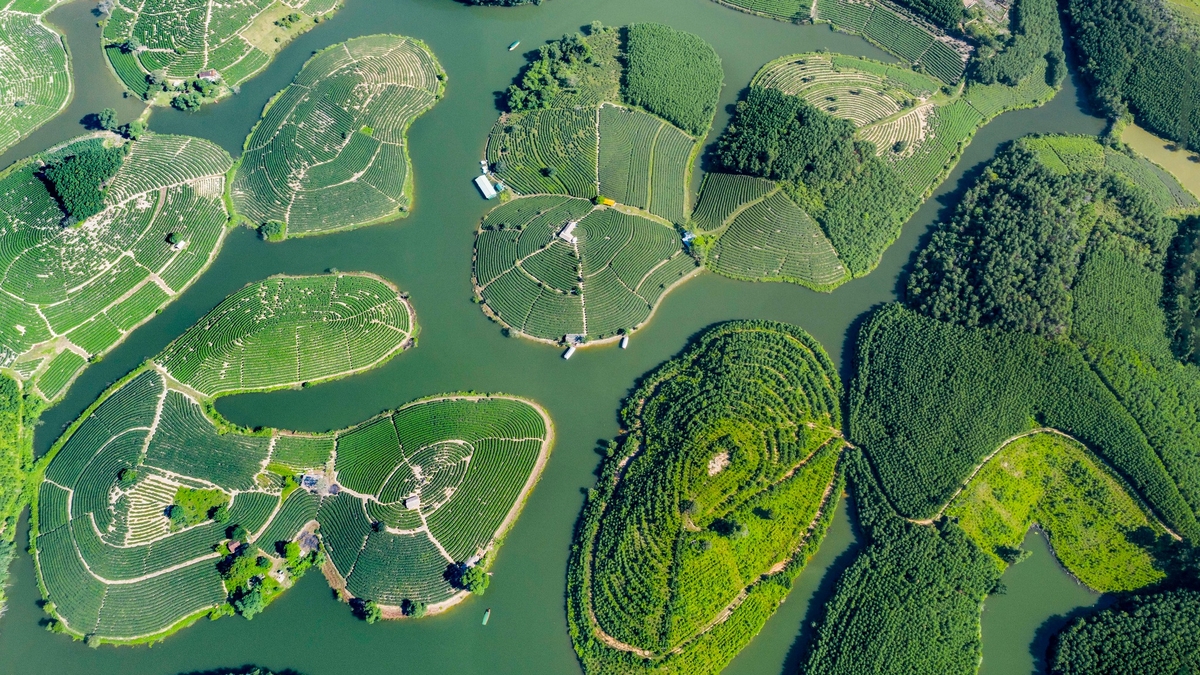

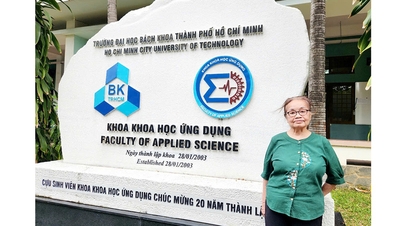

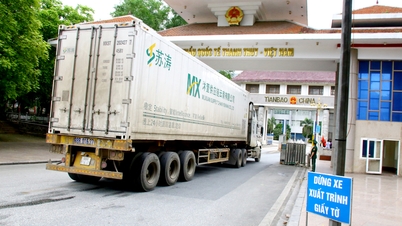





















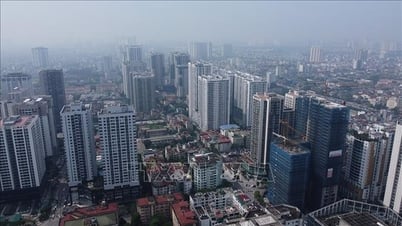

![[Photo] President Luong Cuong and Sri Lankan President Anura Kumara Dissanayaka visit President Ho Chi Minh relic site](https://vphoto.vietnam.vn/thumb/1200x675/vietnam/resource/IMAGE/2025/5/5/0ff75a6ffec545cf8f9538e2c1f7f87a)




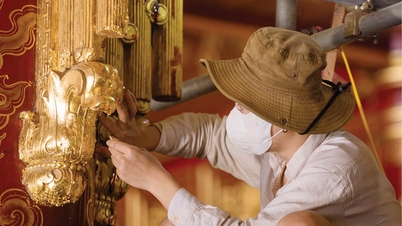





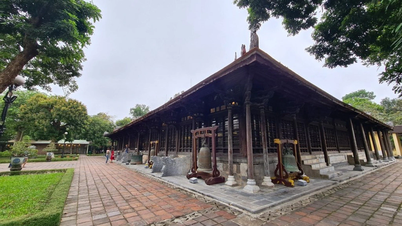





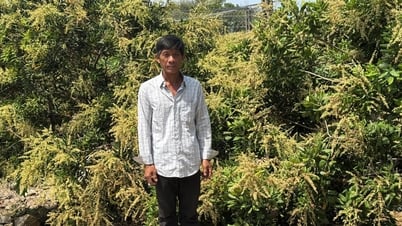
















![[Photo] President Luong Cuong presided over the welcoming ceremony and held talks with Sri Lankan President Anura Kumara Dissanayaka](https://vphoto.vietnam.vn/thumb/402x226/vietnam/resource/IMAGE/2025/5/5/351b51d72a67458dbd73485caefb7dfb)

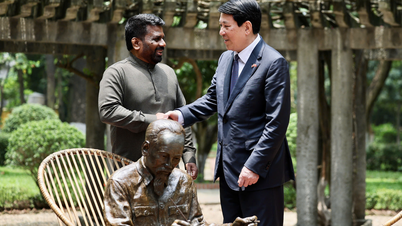









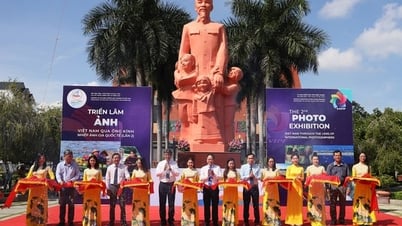

















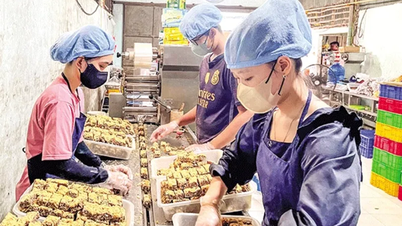



Comment (0)